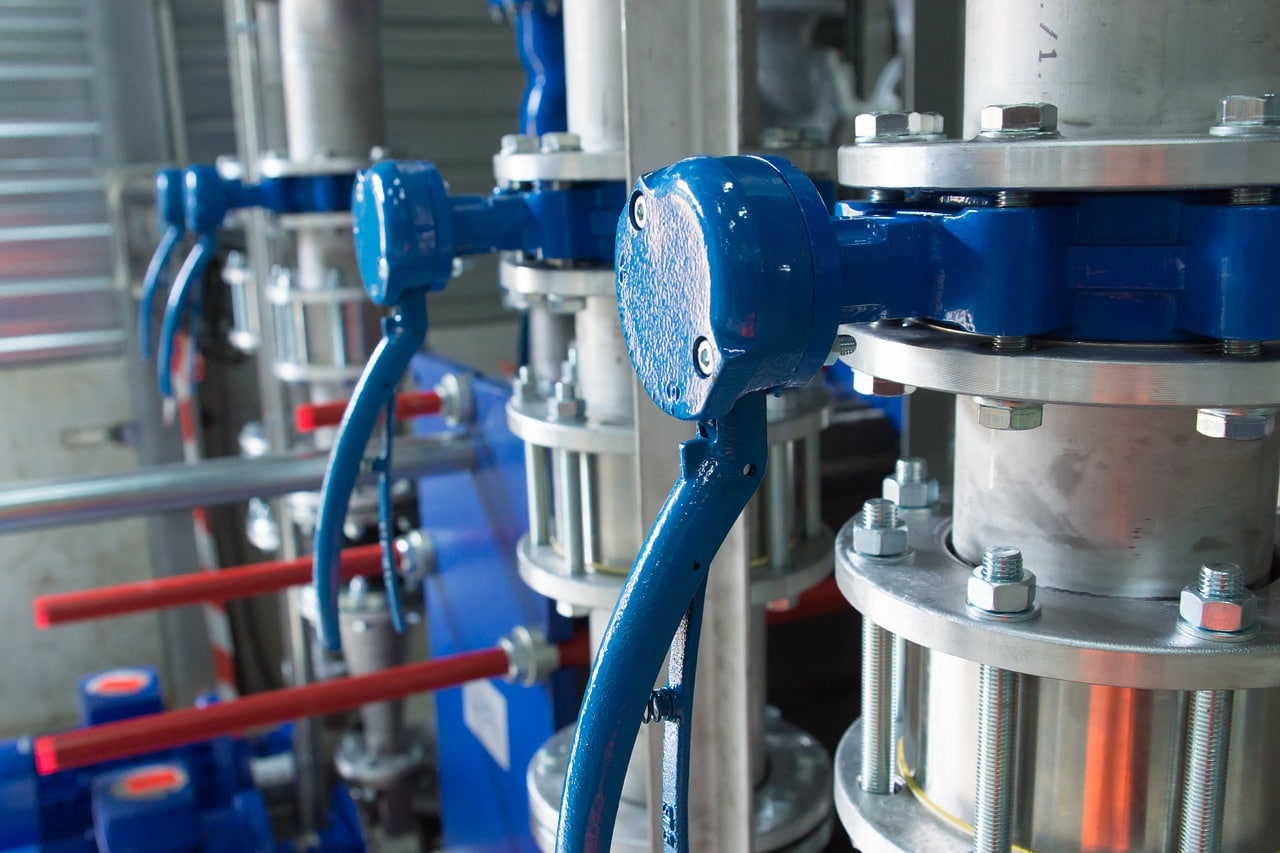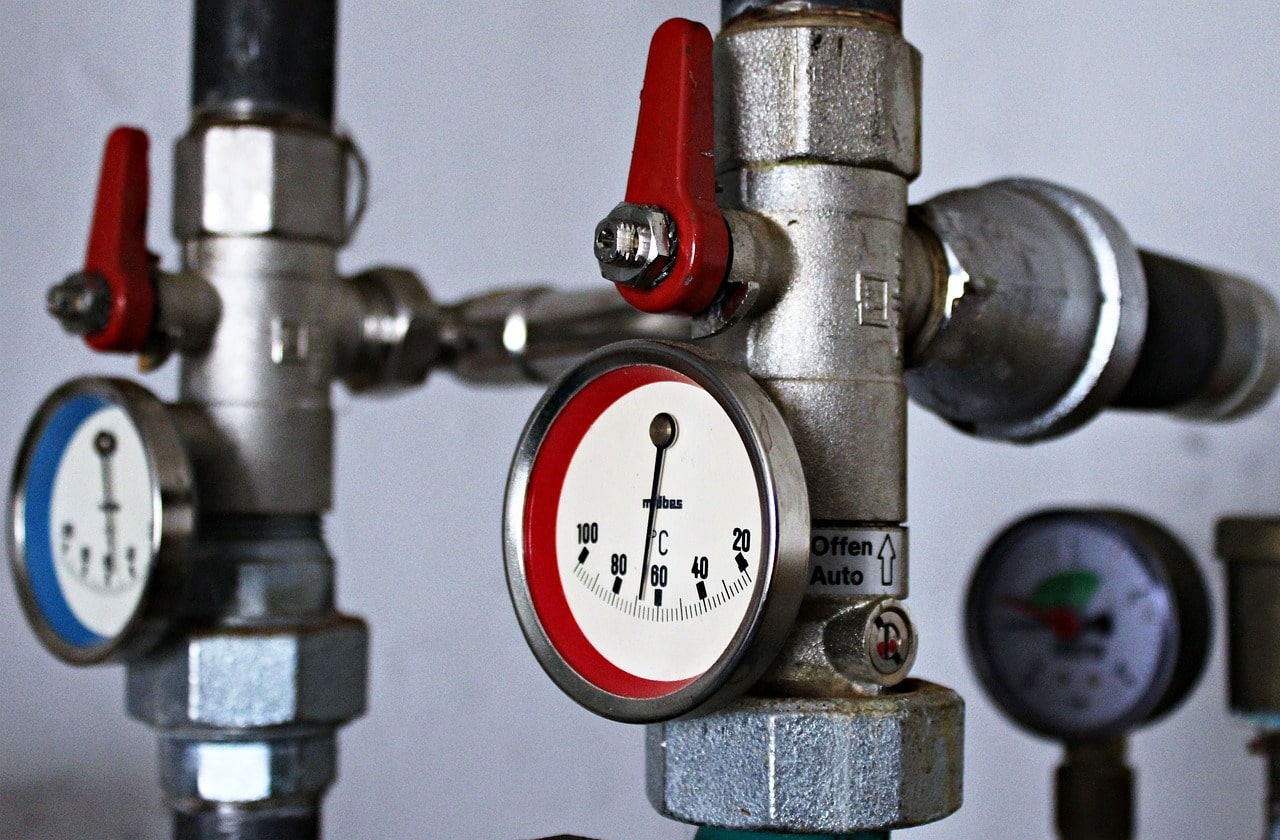When it comes to working in the manufacturing and safety operations industries, every piece has their special purpose to keep everything working. Among these pieces is the control valve, which is responsible for manipulating the flow of fluid so that it reaches its destination at the appropriate time and doesn’t lead to a leak or flooding.
If you’re looking to get involved in automation, you should know what kind of control valves exist so that you know which one will suit your duties most. This guide aims to inform you of the different types of control valves that allow manufacturing plants to run smoothly.
IMAGE: PIXABAY
Globe Valve
If you happen to work on a ship, then you’ll mostly come across globe valves. This option works thanks to the discs attached to the stem that is lifted and lowered into the seat through the passageway. The disk manages liquid flow by leaning against the seating ring whenever the flow needs to end, whether you’re dealing with water, oil, air, or steam.
Whenever a flow is needed, the disc will open. However, you can close it fully so that you don’t have to deal with backflow. You can find plenty of Fisher control valves that can operate on ships and in similar situations.
Gate Valve
Some automation professions require dealing with heavier flows of liquid and other elements than others. For these professions, gate valves come in handy very well. Working in a fully open or fully closed position allows them to control how much liquid comes through pipes and when they can be closed off.
Gate valves usually work in the wider sections of pipes in order to prevent leaks or overflows. You can choose between rising and non-rising stems, depending on the size of the pipes that you work with. Wedges that come with these valves can be flexible, solid or split if you need extra options for them.
Ball Valve
Friction and resilience can be an issue while managing liquid flow, but ball valves are designed specifically to make these factors a non-issue. This option comes in handy when you’re dealing with application pipes that allow for the flow of fluids, normal liquid, and gases at high temperatures and pressures.
Ball valves make the job of control flow easier by being smaller and lighter than most options. With this valve, a port is placed in the middle that lines up both ends of it, giving you the ability to let elements flow and shut them of when you need to. The handle provides extra assistance by being lined up with the position of the port.
Butterfly Valve
Working out on the ocean requires a valve that is more durable than ones designed to handle liquid flow on land. In this case, you’ll want to use industrial butterfly valves, which can not only control fresh water but salt water, as well. You can even use this valve for fuel oil systems and lube oil, which are common to deal with in marine and industrial working environments.
Butterfly valves can also handle a wider range of temperatures than alternatives, and it allows for a quick opening so that liquid doesn’t back up and cause damage to the pipes. Bolts and pins add extra security for the disc for when you need to keep the valve shut.
Storm Valve
Those whose automation jobs involve working on sewer lines will mostly use storm valves to keep waste away from the main line. The disc in this option opens whenever a flow is coming, and the flow will return to the seat until an appropriate level is reached.
The valve will close once it is confirmed that there is no backflow from all of the waste that is coming through the pipes. As a result, water and sewage don’t overflow through lateral connections, which are common causes of flooding and water damage that can occur in this work environment. With this valve, there’s less of a mess to clean up.
Consider these options for valves so that you can keep everything functioning properly.
If you are interested in even more technology-related articles and information from us here at Bit Rebels then we have a lot to choose from.


COMMENTS